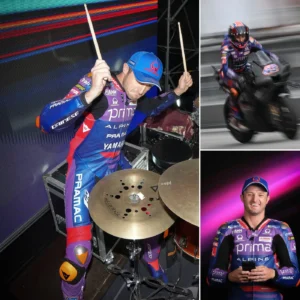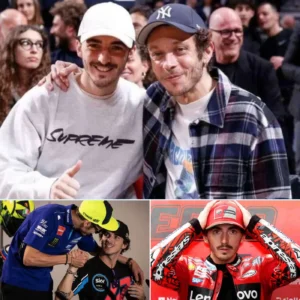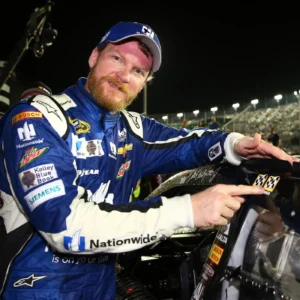Giving up speed for fame. Jack Miller is jeopardizing his career
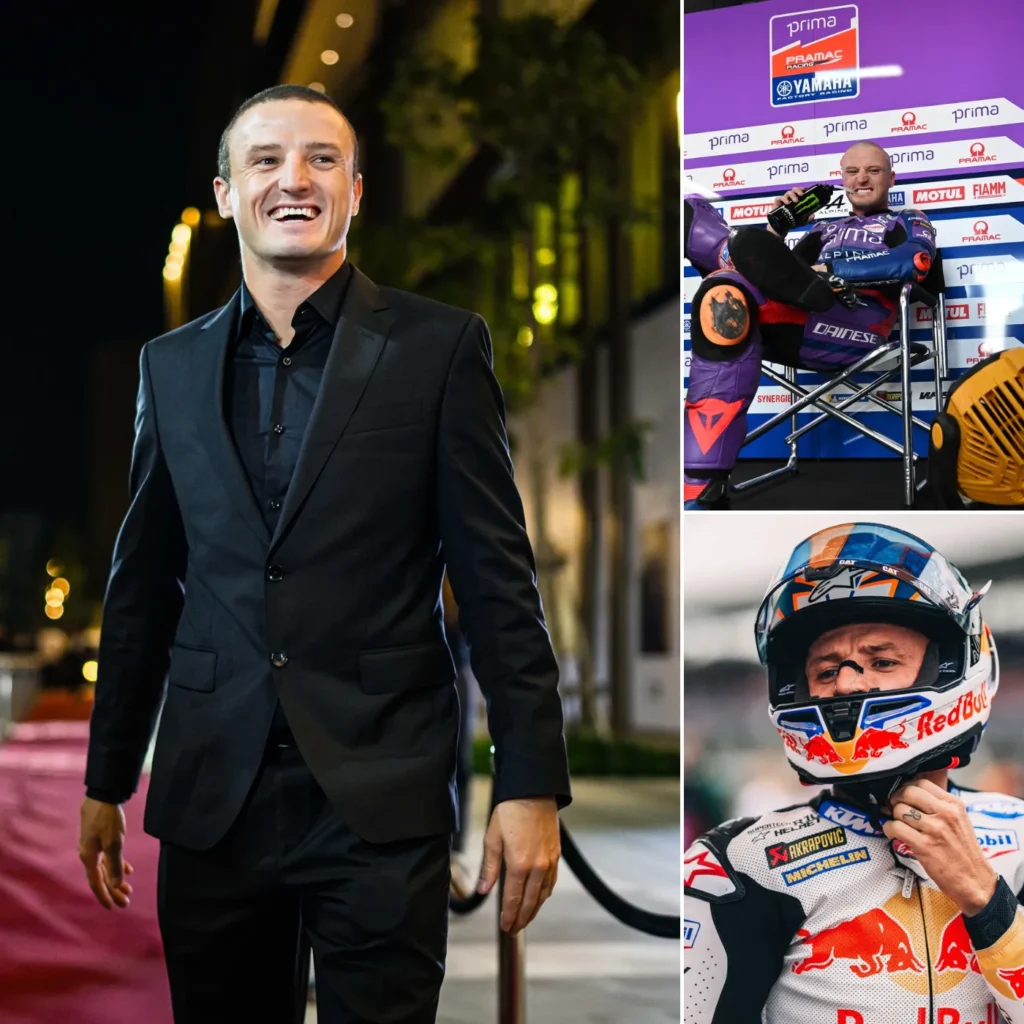
In the high-stakes world of MotoGP, where speed, skill, and strategy determine a rider’s success, few names have been as polarizing as Jack Miller. The Australian rider has built a reputation for his aggressive racing style, resilience, and charismatic personality. However, recent career decisions have left fans questioning whether Miller is prioritizing fame over raw performance. His switch from Ducati to KTM and now to Yamaha raises concerns about his long-term competitiveness.
Is Miller making strategic moves for career longevity, or is he jeopardizing his legacy for short-term gains? In this in-depth analysis, we explore Miller’s journey, the implications of his choices, and what the future holds for him.
Early Career: From Dirt Tracks to MotoGP
The Rise of a Young Australian Talent
Born on January 18, 1995, in Townsville, Queensland, Australia, Jack Peter Miller started his racing journey in motocross before transitioning to road racing. Like many Australian greats, including Casey Stoner, Miller honed his skills on dirt bikes, which helped develop his signature aggressive and fearless racing style.
By 2011, he had made a name for himself by winning the German IDM 125cc International Championship, a stepping stone to the Moto3 World Championship. His natural talent and competitive drive made him one of the most promising young riders in the world.
Moto3: Proving His Worth
Miller’s breakthrough came in 2014, when he competed in Moto3 with the Red Bull KTM Ajo team. That season, he won six races and finished as the runner-up behind Álex Márquez. His aggressive riding and ability to extract maximum performance from his bike caught the attention of top teams.
What made Miller’s rise even more remarkable was his direct leap from Moto3 to MotoGP in 2015—a move that was unprecedented in the modern era. Normally, riders progress through Moto2 before stepping up to the premier class, but Miller skipped this intermediate step. While this move showcased his potential, it also meant he had to endure a steep learning curve.
The MotoGP Journey: A Rollercoaster Ride
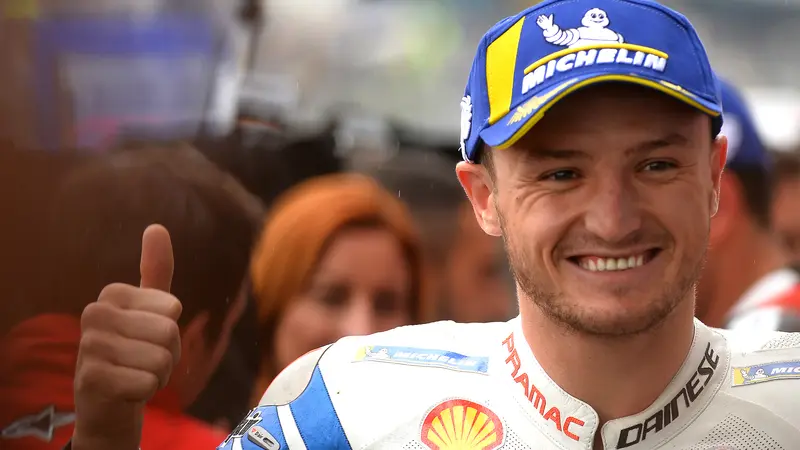
LCR Honda (2015-2017): Learning the Ropes
Miller debuted in MotoGP with LCR Honda in 2015. His first two seasons were challenging, as he struggled to adapt to the powerful RC213V machine. However, his persistence paid off in 2016, when he clinched his first MotoGP victory at the Dutch TT in Assen. This win made him the first non-factory rider to win a race since 2006 and the first Australian to do so since Casey Stoner in 2012.
Despite flashes of brilliance, Miller lacked consistency and often found himself battling mid-pack. His raw talent was evident, but he needed a stronger team and machine to challenge for podiums regularly.
Pramac Ducati (2018-2020): Building Momentum
A significant turning point in Miller’s career came in 2018, when he joined Pramac Racing, Ducati’s satellite team. The switch to Ducati machinery proved beneficial, as he secured multiple podium finishes and showed significant improvement in race pace and tire management.
In 2019 and 2020, Miller emerged as one of the strongest independent riders, consistently battling factory riders. His ability to extract the best from Ducati’s Desmosedici GP bike made him a prime candidate for promotion to the factory Ducati squad.
Factory Ducati (2021-2022): A Mixed Bag
In 2021, Miller finally got his big break with the Ducati Lenovo Team. Expectations were high, and he did not disappoint early in the season, winning back-to-back races at Jerez and Le Mans. However, inconsistency and tire wear issues plagued his campaign, preventing him from mounting a serious title challenge.
By 2022, Miller found himself overshadowed by Francesco Bagnaia, who went on to win the championship. Ducati’s growing focus on younger riders like Enea Bastianini and Jorge Martín put Miller’s future in doubt. Ultimately, he lost his factory seat, leading to a surprising move to KTM in 2023.
The KTM Experiment: A Risky Gamble
Struggles with KTM (2023-2024)
Miller’s decision to join Red Bull KTM Factory Racing raised eyebrows. While KTM had made progress in recent years, they were not yet championship contenders like Ducati. Miller’s first season with KTM was underwhelming—he failed to secure a single race victory and managed just one podium finish.
Meanwhile, rising star Pedro Acosta was making headlines with his performances on KTM’s satellite team, Tech3 GasGas. By mid-2024, KTM announced that Acosta would be promoted to the factory team for 2025, leaving Miller without a clear future.
A Lifeline from Yamaha: A New Chapter
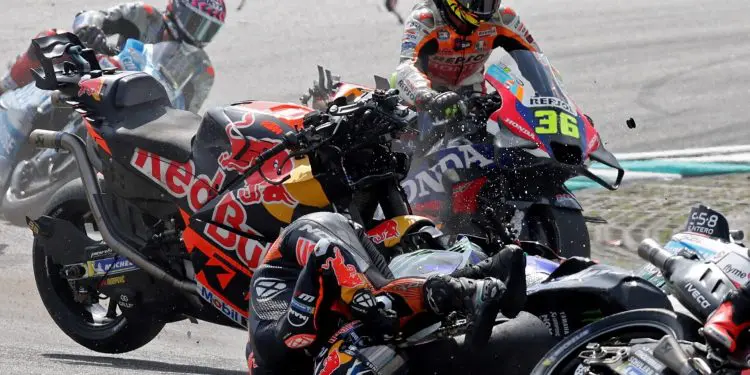
Miller Joins Pramac Yamaha for 2025
As uncertainty loomed over his career, Miller secured a contract with Pramac Racing, now partnered with Yamaha. This move, announced during the Emilia Romagna Grand Prix, reunites Miller with Pramac, where he previously found success.
The partnership with Yamaha is a double-edged sword. On one hand, Yamaha is a legendary manufacturer with multiple MotoGP championships. On the other hand, the YZR-M1 has struggled in recent years, lagging behind Ducati and Aprilia in performance.
Challenges Ahead
- Adapting to Yamaha’s Inline-Four Engine: Unlike Ducati and KTM’s powerful V4 engines, Yamaha uses an inline-four configuration, which requires a completely different riding style.
- Bridging the Performance Gap: Yamaha’s recent struggles mean Miller won’t have a title-contending bike right away.
- Internal Competition: His new teammate, Miguel Oliveira, is another seasoned rider with a point to prove.
Fame vs. Performance: What’s Miller’s Endgame?
Miller’s career moves suggest a mix of financial security, team loyalty, and the desire to stay relevant in MotoGP. However, his lack of long-term stability raises concerns. While his charisma and fan engagement have made him a popular figure, success in MotoGP is measured in race wins and championships.
By switching teams frequently, Miller has struggled to establish himself as a title contender. His recent decline in results suggests that, despite his talent, he may never reach the pinnacle of MotoGP.
Can Miller Turn His Career Around?
With the 2025 MotoGP season approaching, Miller has a crucial opportunity to prove his doubters wrong. If he can adapt quickly to Yamaha’s bike and secure strong results, he may re-establish himself as a top-tier rider. However, if he struggles again, his future in MotoGP could be at risk.
The coming season will determine whether Jack Miller is a true contender or merely a journeyman moving from team to team. One thing is certain—his career is at a crossroads, and time is running out.
Will Miller reclaim his place among the elite, or has he already sacrificed too much speed for fame?

